When it comes to the delightful Yorkie dog, many owners are aware of the smattering of common health problems in Yorkies. But here’s the silver lining: while Yorkshire Terrier health issues might seem daunting initially, most aren’t as problematic as they appear. Whether you’re a proud parent of an old Yorkie dog or an energetic puppy, understanding these issues is half the battle.
Knowledge empowers owners to provide the best care, ensuring their little companions live vibrant, joy-filled lives. So, dive in, get acquainted with Yorkie health issues, and rest easy knowing you’re prepared to handle them!
Yorkshire Terriers History

In the 1800s, Yorkshire terriers, also called “Yorkies,” came from northern England. These tiny terriers were initially made to catch rats in mills and mines. They mix several British breeds, including the now-extinct Clydesdale Terrier, Waterside Terrier, and possibly the Old English Black and Tan Terrier. The name “Yorkshire” was chosen to honor the area where they were mostly made.
The breed became more famous at the end of the 1860s, and its blue and brown fur made it stand out. The breed’s reputation went through the roof when a Yorkie called Huddersfield Ben, known as the “father” of the modern Yorkshire Terrier, showed how the breed should look and set a standard for its lineage.
Yorkies no longer hunt rodents in factories but have found a new role as beloved pets. Because they are small, bold, and active, they are one of the most famous toy breeds in the world.
15 Most Common Yorkies Health Issues and What to Do About Them

With its silky coat and aggressive personality, the Yorkshire Terrier is a beloved companion for many. However, like all breeds, Yorkies have their share of health issues. From dental woes to delicate joints, let’s dive into Yorkies’ 15 most common health concerns and how to tackle them.
1. Hypoglycemia
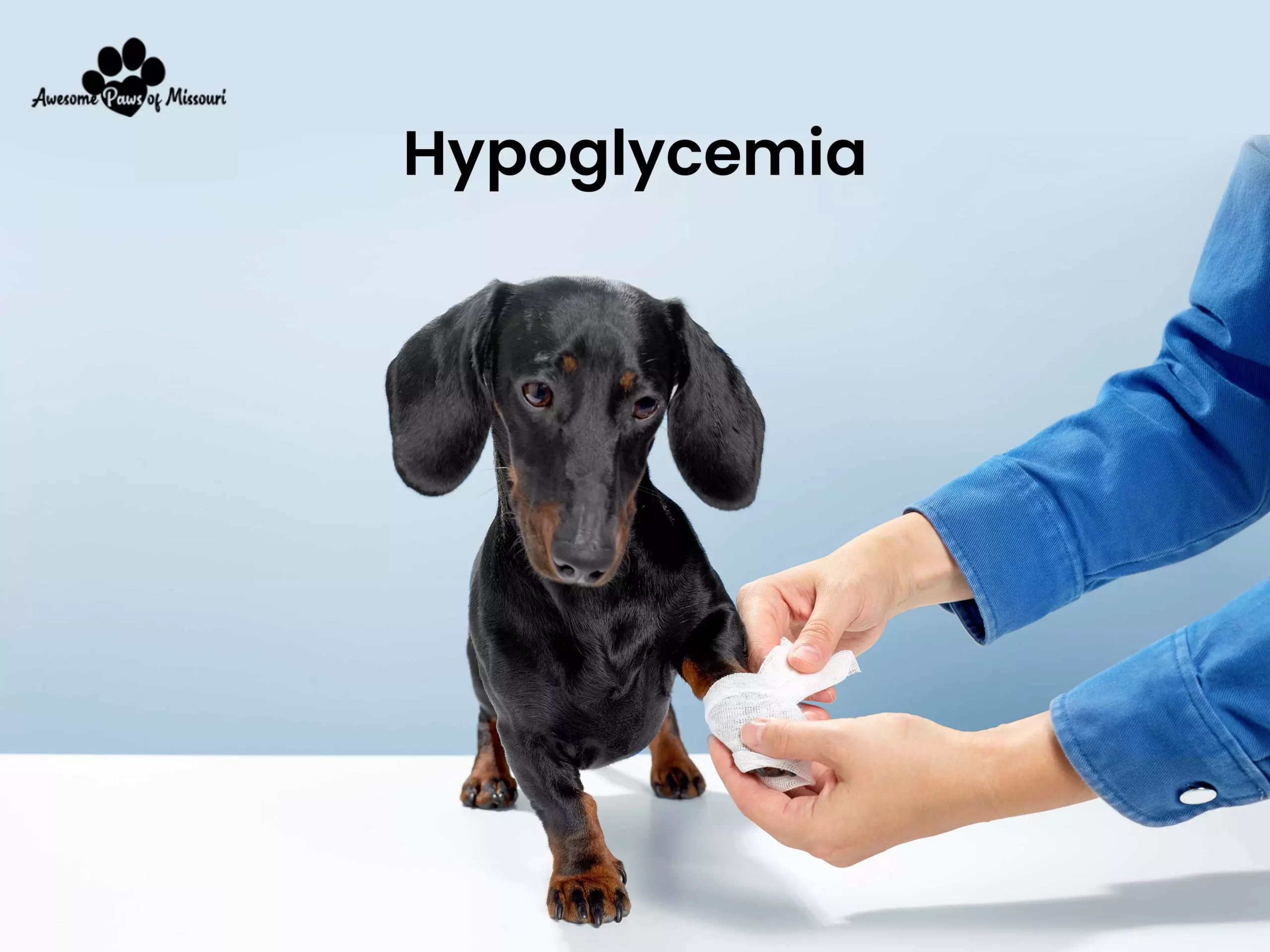
A shallow glucose (sugar) level in the blood is hypoglycemia in Yorkies. Consistent amounts of glucose are necessary for regular body function because it is the body’s primary energy source for cells. Compared to several other breeds, Yorkshire terriers, particularly puppies or teacups, are more prone to this illness.
Symptoms
Low blood sugar, or hypoglycemia, is particularly prevalent in toy breeds like the Yorkie. These signs and symptoms, which can be minor to severe, are:
Trembling or trembling
- Trembling or shivering
- Weakness or lethargy
- Confusion or disorientation
- Paleness in the gums
- Staggering or inability to stand
- Seizures in extreme cases
Diagnosis and Treatment
Acting soon if you think your Yorkie may be hypoglycemic is crucial. A modest amount of sweet food, like honey or corn syrup, can bring about relief right away. This is a workaround, though. You need to visit a vet right away.
Typically, a straightforward blood test to evaluate glucose levels is used to make the diagnosis. Changing the dog’s food to ensure he consumes small, regular daily meals is frequently necessary for treating hypoglycemia.
2. Skin problems
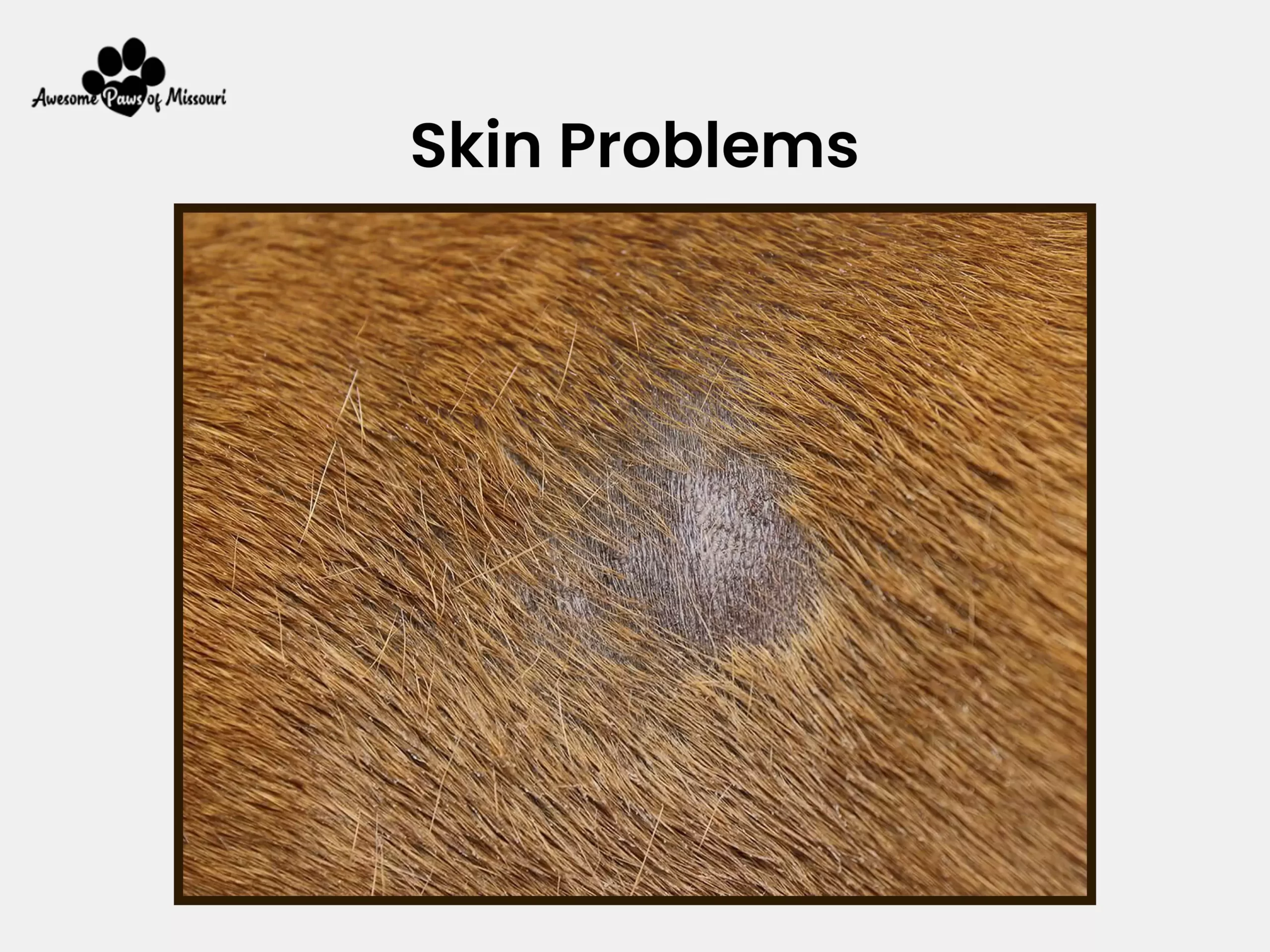
Yorkies are prone to several skin problems because of their fine, silky coats. Common Yorkie skin problems include food or environmental allergies that cause itching and redness and parasitic infections like fleas and mites that cause inflammation and hair loss. Moreover, bacterial and fungal infections cause redness, scaling, an unpleasant smell, and seborrhea, which causes oily or scaly skin are also key concerns.
Symptoms
Yorkies can get a lot of skin problems because of their long, smooth coats. Some signs to watch out for are:
- Itching, scratching, or biting at the skin
- Redness or inflammation
- Dry, flaky skin or dandruff
- Bald patches or thinning of the coat
- Rashes or bumps on the skin
- Ear infections, which might indicate an underlying skin issue
Diagnosis and Treatment
The first step to fix a skin problem is to figure out what’s causing it. You should take your pet to the vet if you see any of these signs. To determine what’s wrong, they might do skin, blood, or allergy tests, among other things.
Treatments vary based on what’s wrong. For bacterial illnesses, antibiotics may be given. If allergies are to blame, you might be given medicines or told to change your diet. Parasitic problems, like mites or fleas, can be fixed with the proper medication or treatments on the outside.
3. Luxating patella

When a Yorkie has patellar luxation, the kneecap (patella) moves out of its usual place in the thigh groove (femur). This is a regular problem with the bones and joints of small dogs like the Yorkshire Terrier. The dislocation can be in the middle or on the side. In Yorkies, the middle dislocation is more common.
Symptoms
Luxating patella, or “slipping kneecap,” is common in small breeds like Yorkies. Symptoms may include:
- Intermittent lameness or hopping on one leg
- Visible kneecap moving out of place
- Swelling or pain around the knee
- Reluctance to jump or run
Diagnosis and Treatment
A doctor usually uses a physical exam and sometimes X-rays to determine what’s wrong.
Treatments vary based on how bad the disease is. Mild cases only need painkillers and less exercise. When the knee often moves out of place or hurts, it may be necessary to have surgery to fix it. Keeping a healthy weight and attending the vet regularly can help control the condition.
4. Dental disease
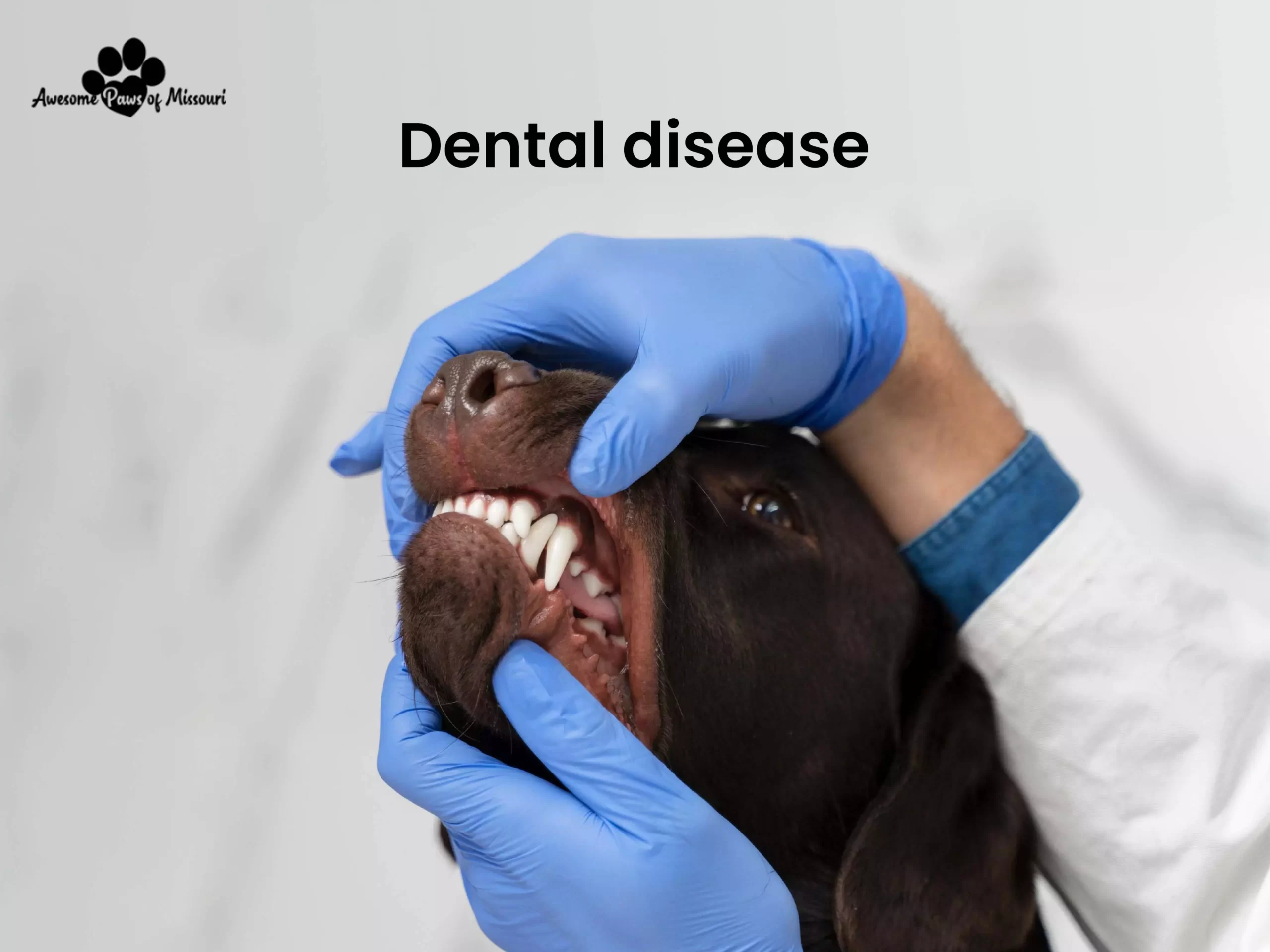
Dental disease in Yorkies includes a range of oral health problems common in small breeds because of their crowded and misplaced teeth. Symptoms include a bad smell, a buildup of tartar, swollen gums, and the loss of teeth. Diet, genes, and insufficient dental care can all play a role.
If you don’t fix dental problems right away, they can cause pain, infections, and problems with other parts of your body. Regular teeth checkups, brushing, and a healthy diet can help keep Yorkshire Terriers from getting these problems and treat them if they happen.
Symptoms
Dental issues are prevalent in small dog breeds due to the crowding of teeth. Symptoms include:
- Bad breath
- Plaque and tartar buildup
- Swollen or bleeding gums
- Difficulty eating or chewing
- Tooth loss
Diagnosis and Treatment
A physical exam and dental X-rays determine if someone has a dental problem. In severe cases, a dentist can pull a tooth. In less severe cases, skilled tooth brushing can help. People can keep their Yorkies’ teeth healthy by brushing them regularly, giving them dental chews, and taking them to the vet for regular dental checks.
5. Periodontal disease
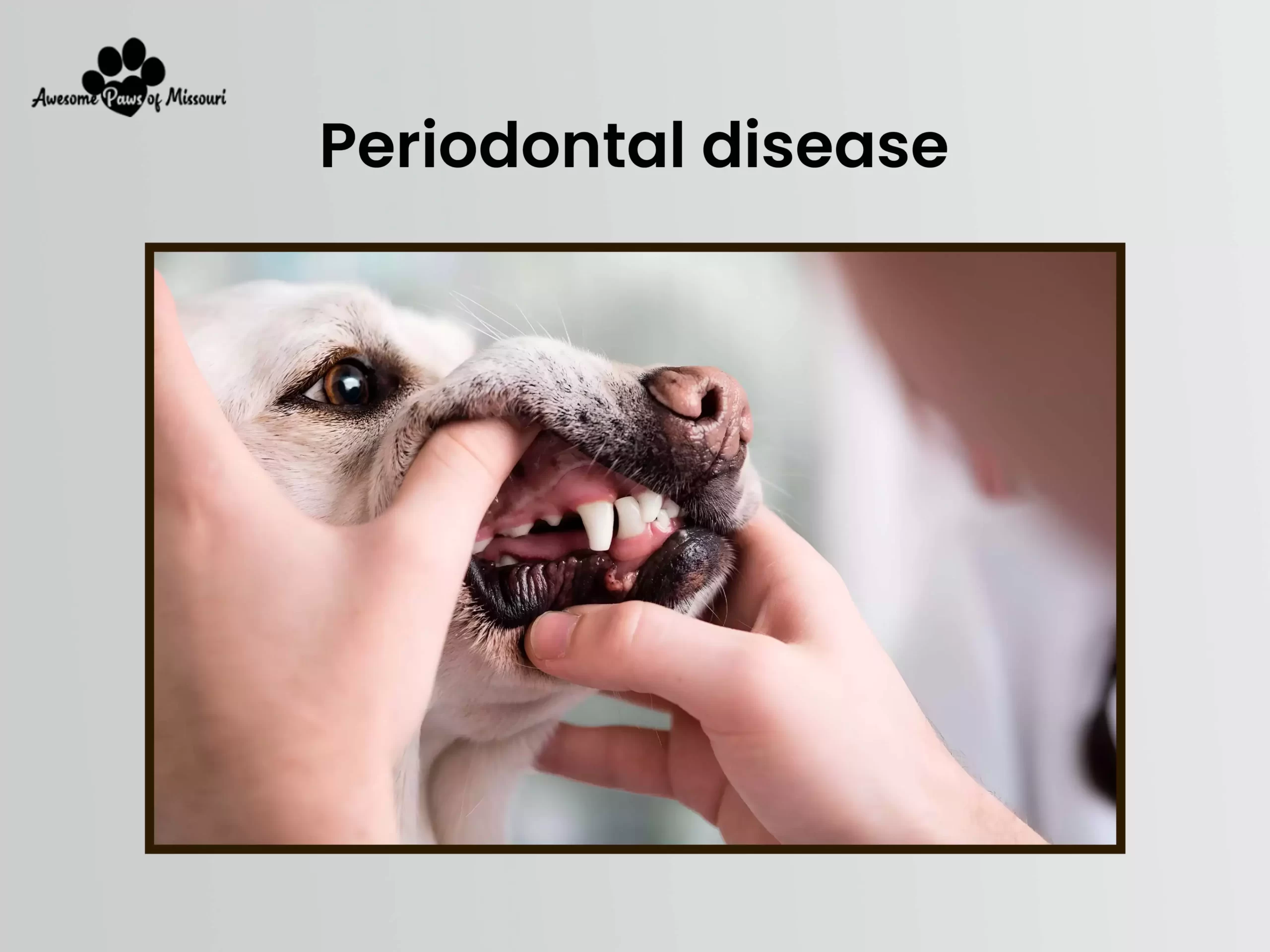
In this specie, periodontitis is a group of inflammatory diseases that affect the tissues and bones around the Yorkie teeth, especially the gums. It happens a lot in small breeds like Yorkshire Terriers because their mouths are small and their teeth are close together.
The disease starts with gums that are red and swollen, which is called gingivitis. If left unchecked, gingivitis can turn into periodontitis. At this late stage, teeth can fall out, bones can break down, and systemic problems can happen.
Symptoms
Periodontal disease is a progression from dental plaque to gum inflammation and can lead to the destruction of tooth-supporting structures. Symptoms in Yorkies include:
- Bad breath
- Red, swollen, or bleeding gums
- Loose or missing teeth
- Difficulty or pain when eating
- Excessive drooling
Diagnosis and Treatment
A vet will check for periodontitis by looking at the teeth, often while the animal is asleep, and may also use oral X-rays. The process includes having a professional clean, remove tartar, and polish your teeth. In severe cases, a tooth may need to be taken out. Progression can be stopped with regular home care, like brushing, chewing, and expert cleaning.
6. Legg-Calve-Perthes disease
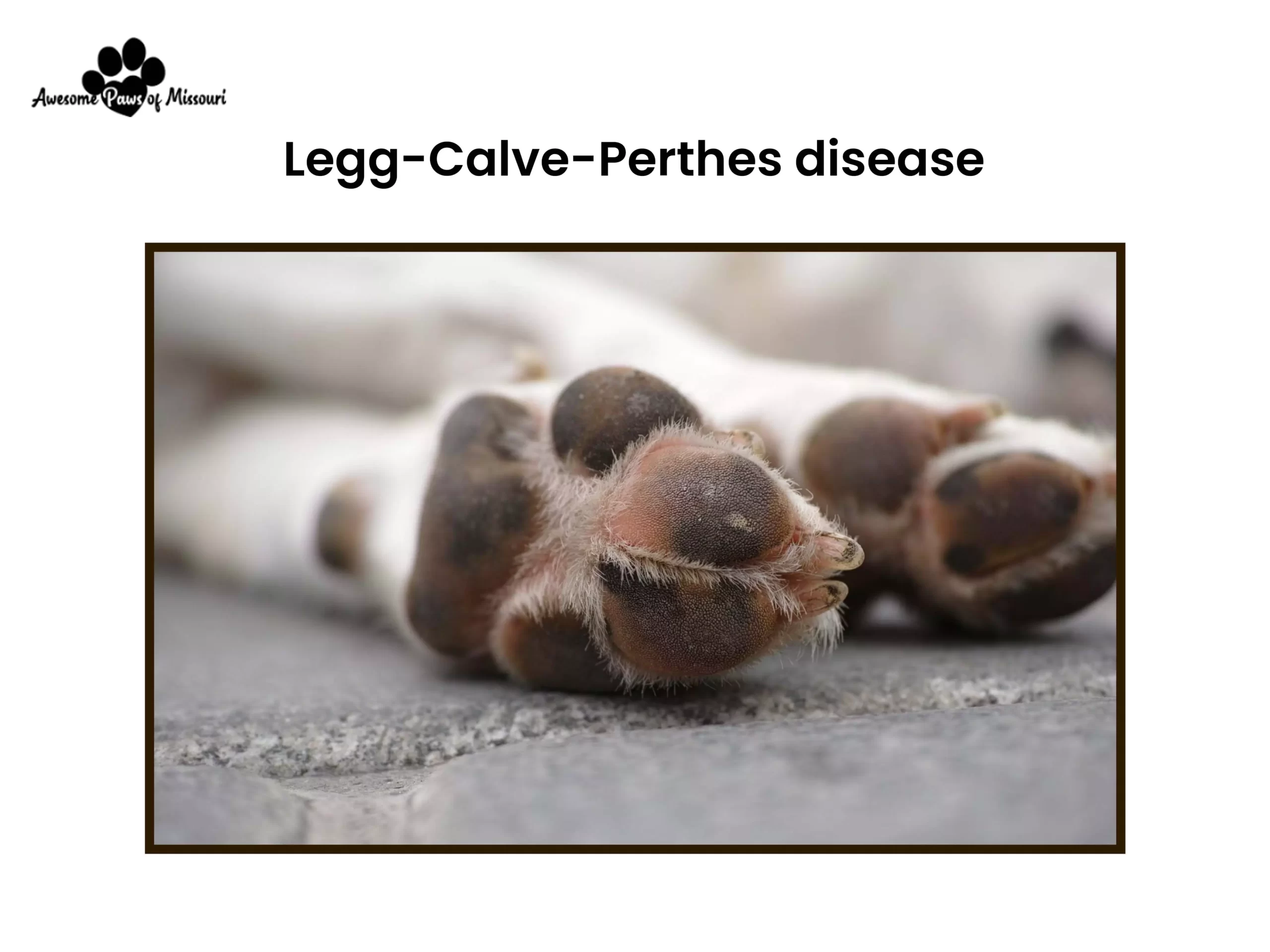
Legg-Calve-Perthes disease is a degenerative orthopedic disease that affects Yorkies. It causes the blood flow to the femoral head, part of the hip joint, to be cut off. Over time, the femoral head dies because it doesn’t get enough blood.
The exact reason is unknown, but it is more common in small and toy breeds like the Yorkshire Terrier. Dogs with this condition have hip pain, walk funny, and lose strength in the affected leg.
Symptoms
Legg-Calve-Perthes disease involves a disruption in the blood supply to the femoral head (part of the hip joint), leading to its degeneration. Symptoms in Yorkies include:
- Limping or lameness in the affected leg
- Muscle wasting in the thigh.
- Pain in the hip area
- Reluctance to move or play.
Diagnosis and Treatment
X-rays and a physical check determine what’s wrong with the patient. In most cases, anti-inflammatory drugs are used to reduce pain and swelling. Biological treatment can keep joints flexible. In extreme cases or when conservative treatment doesn’t work, surgery like B. An osteotomy of the femoral head may be suggested.
7. Retinal dysplasia
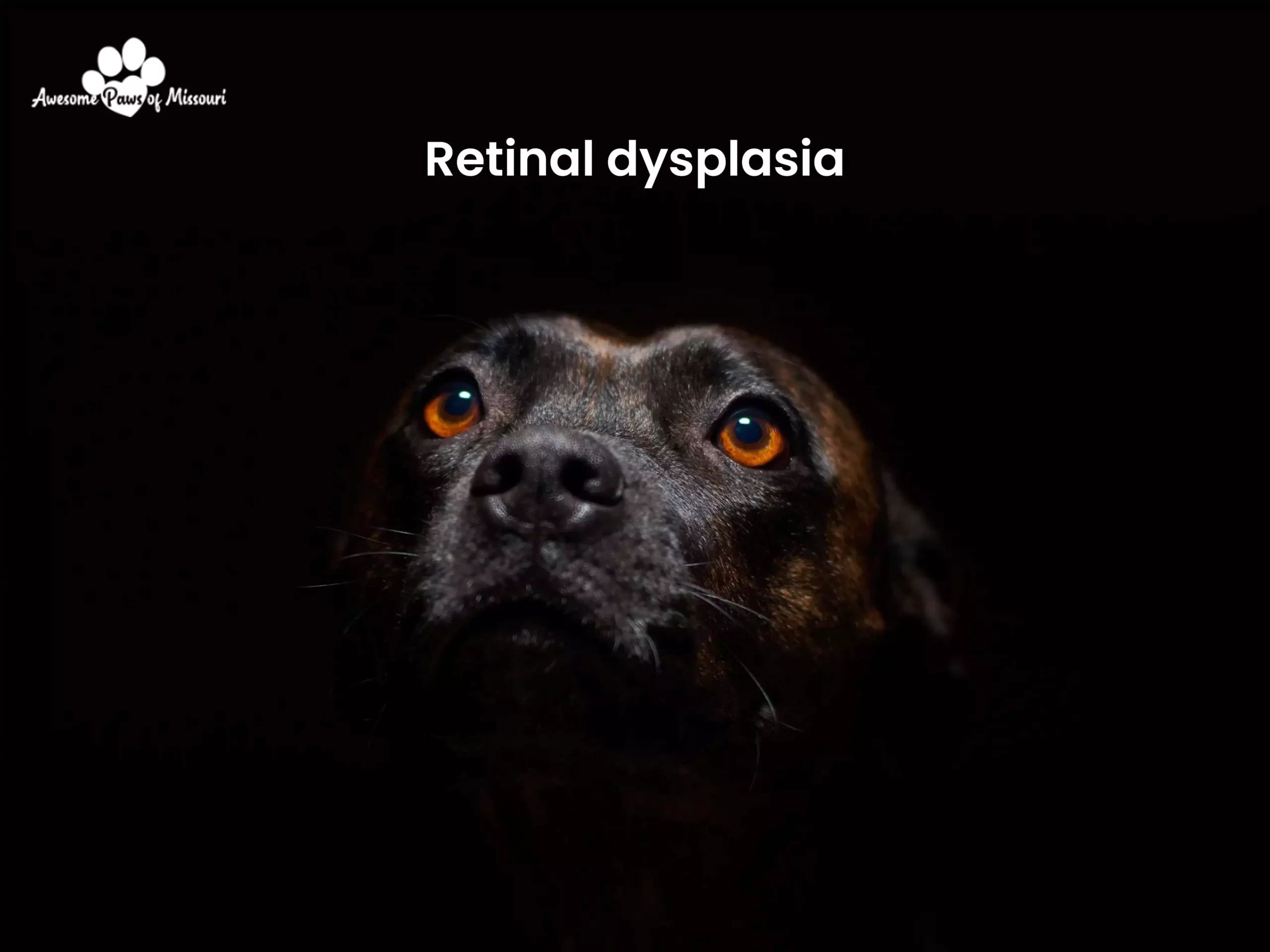
Retinal dysplasia is a congenital disability in Yorkies that affects the layers of the retina, which is the light-sensitive tissue at the back of the eye. This can cause anything from small folds in the retina to severe separation of the retina. The disease can cause blind spots, a loss of eyesight, or even total blindness in some cases. It is a genetic condition that runs in the family of Yorkshire terriers.
Symptoms
Retinal dysplasia in Yorkies is a congenital condition where the retina doesn’t develop normally. Symptoms can vary based on the severity but may include:
- Blind spots or complete blindness
- Clumsiness or bumping into objects
- Unwillingness to navigate unfamiliar terrains or in dim light
- Abnormal eye movements or staring
Diagnosis and Treatment
Most of the time, a veterinary ophthalmologist will do a complete eye exam, often with tools like ophthalmoscopy, to make a diagnosis. There is no cure for retinal dysplasia, so care focuses on helping the dog get used to being unable to see. Think about training, adapting to the surroundings, and ensuring everyone is safe.
8. Collapsed trachea
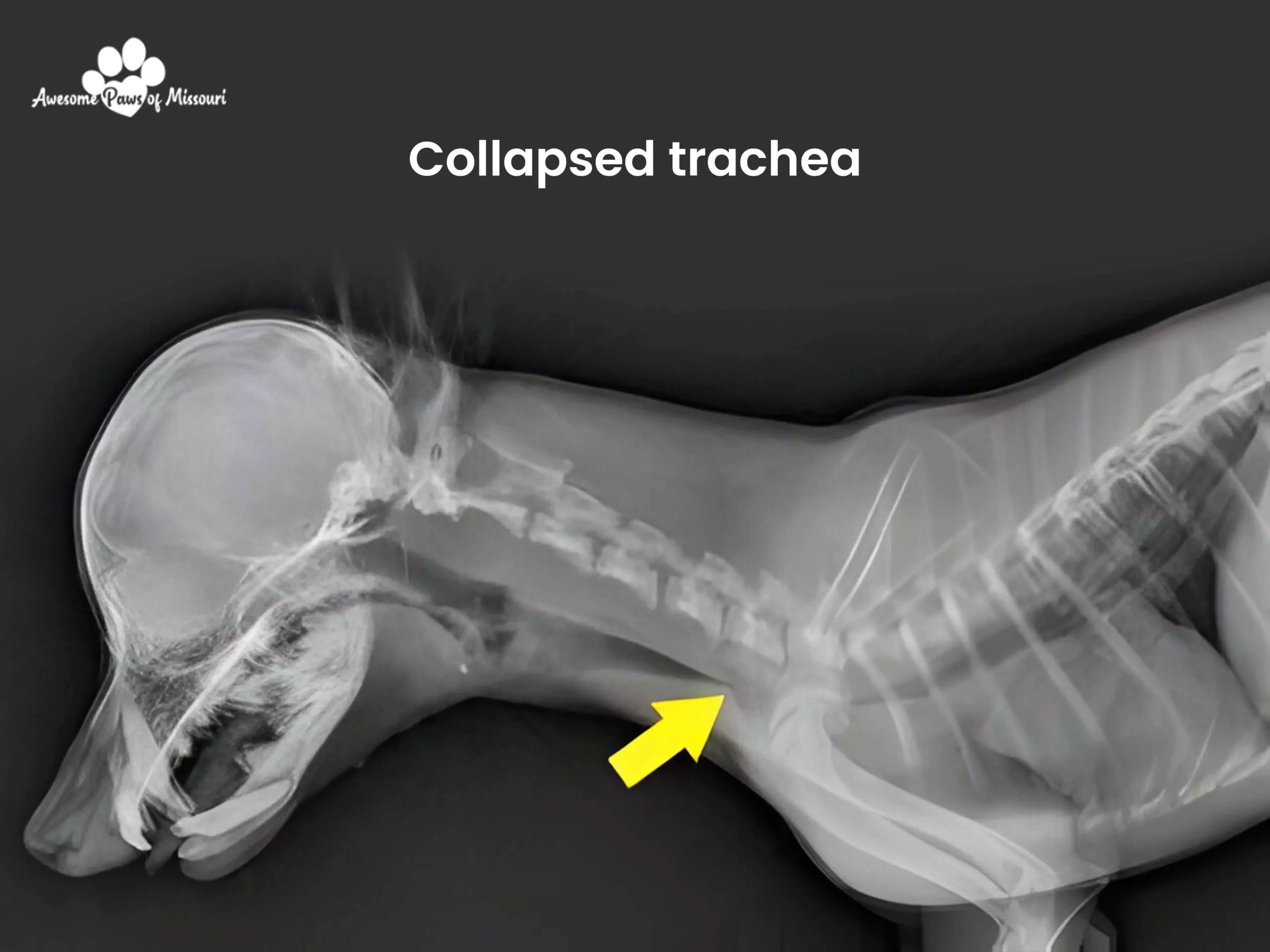
Yorkie collapsing trachea is one of the most common health issues. This happens when the rings of cartilage that make up the trachea structure become weak and flattened, blocking the airway wholly or partly. This causes signs in the lungs that are easy to recognize.
Because of how their bodies are built and their genes, Yorkshire Terriers and other small-breed dogs are more likely to get this problem. Symptoms often include a constant, violent cough called “goose hooting,” trouble breathing, and feeling like you’re going to choke, especially when you’re happy or working hard. Other things, like being overweight, can make it worse.
Symptoms
Collapsed trachea is common in small breeds like Yorkies, where the tracheal rings weaken and collapse. Symptoms include:
- A chronic, dry, harsh cough is often described as a “goose honk.”
- Difficulty breathing or noisy breathing
- Gagging or retching, incredibly when excited or after eating/drinking
- Exercise intolerance
Diagnosis and Treatment
Yorkie collapsed trachea treatment should be treated before it gets serious. A diagnosis is usually based on symptoms, a physical check, and imaging tests like X-rays or CT scans. Medical or surgery care can be used. Some parts of medical care are:
- Weight loss if the dog is overweight
- Cough suppressants
- Corticosteroids to reduce inflammation
- Avoiding factors that can induce coughing, like smoke or dust
9. Liver shunt

A liver shunt, also called a portosystemic shunt in Yorkies, is a congenital disability in which an abnormal blood vessel lets blood from the rest of the body go around the liver. Instead of going through the liver to be cleared and cleaned, the blood goes through the general circulation.
This causes pollutants, like ammonia, to build up in the dog’s body, which can cause several health problems. Some Yorker dog breeds are more likely to get this problem than others. The shunt can be inside or outside of the liver.
Symptoms
A hepatic shunt, a portosystemic shunt, is a congenital disability in which blood flows around the liver. This makes it harder for the liver to clear out toxins. Symptoms in Yorkies include:
- Stunted growth
- Disorientation or strange behavior after eating
- Excessive drooling or salivation
- Seizures
- Frequent urinary tract infections or kidney stones
Diagnosis and Treatment
Blood tests, bile acid tests, ultrasounds, or special imaging tests like CT scans can be used to figure out what’s wrong. Medical or surgery care can be used. Medical treatment depends on a special low-protein diet and medicines to stop toxins from forming. The surgery aims to fix or stop the blood vessel that isn’t working right.
10. Joint problems
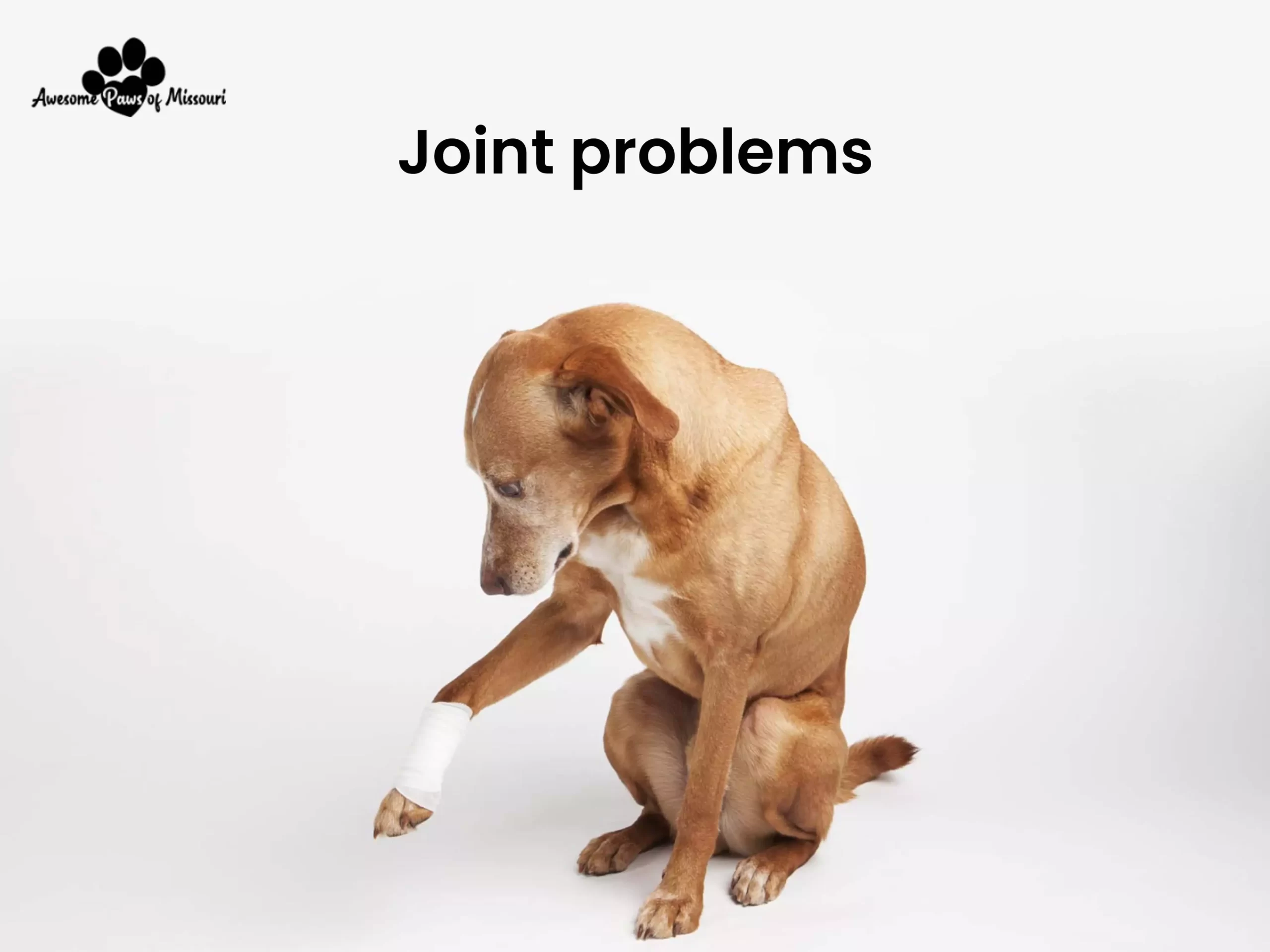
Senior Yorkie joint problems include several orthopedic diseases that affect the joints and are often caused by genes, age, or how the dog lives. Hip instability, luxating patella, osteoarthritis, and Legg-Calve-Perthes disease are common joint problems in old Yorkie dogs.
Symptoms
Some signs of arthritis are stumbling, stiffness, trouble moving, and joint pain. X-rays and physical exams are often used to figure out what’s wrong. Treatment can include anything from medicine and dietary supplements to physical therapy and surgery, depending on the situation and how bad it is. Yorkies can keep their joints healthy by maintaining a healthy weight, giving them vitamins to help their joints, and ensuring they exercise enough.
Diagnosis and Treatment
Most of the time, physical tests, ultrasounds, or X-rays are used to check the position of the puppies when diagnosing breeding problems. Medical treatment may be used to start labor, but in most cases, especially when there is dystocia, a C-section is done to deliver the pups safely. To breed Yorkies, you must plan carefully, see the vet often, and watch the pregnancy and delivery closely.
11. Breeding problems

Yorkies have trouble breeding because they are small and have a shape that makes them prone to problems. They often have issues like dystocia, which makes it hard for them to give birth. This means that cesarean sections are done more often.
Yorkies tend to have smaller litters and are more likely to die young, called “fading puppy syndrome.” Breeders should work closely with doctors to ensure that mothers and puppies are healthy and safe.
Symptoms
Because Yorkies are so small, it can be hard to raise them. Problems during childbirth, also known as dystocia, and problems during pregnancy happen most often.
Symptoms of Yorkie breeding problems include:
- Extended labor without puppy delivery
- Visible distress or pain during labor
- Bloody discharge without puppy birth
Diagnosis and Treatment
Most of the time, physical tests, ultrasounds, or X-rays are used to check the position of the puppies when diagnosing breeding problems. Medical treatment may be used to start labor, but in most cases, especially when there is dystocia, a C-section is done to deliver the pups safely. To breed Yorkies, you must plan carefully, see the vet often, and watch the pregnancy and delivery closely.
12. Pancreatitis
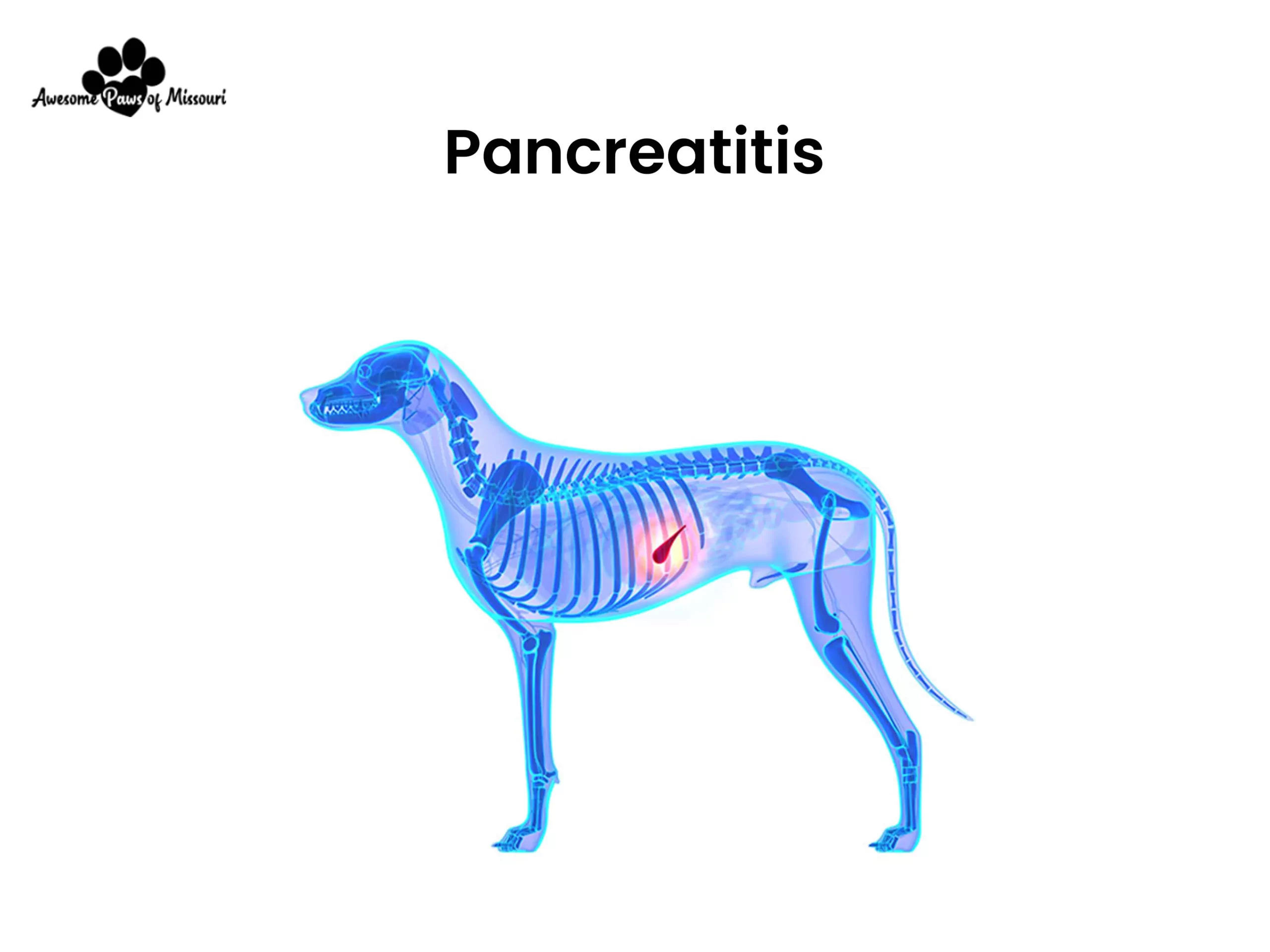
Yorkies Pancreatitis is a disease of the pancreas in Yorkies. The pancreas is a vital organ that makes digestive enzymes and insulin. When the pancreas gets inflamed, these digestive enzymes can start working in the pancreas instead of the small intestine.
This can cause the pancreas to eat itself, hurting the organ. Pancreatitis in Yorkshire Terriers can be either short-term or long-term. A high-fat diet, certain medicines, metabolic disorders, injury, infection, or trauma can cause it.
Symptoms
Pancreatitis in Yorkies involves inflammation of the pancreas. Symptoms include:
- Vomiting and diarrhea
- Abdominal pain and bloating
- Decreased appetite
- Lethargy
- Fever
Diagnosis and Treatment
The diagnosis is based on symptoms, blood tests that show high levels of pancreatic enzymes, and imaging tests like ultrasound. The treatment includes not eating to relax the pancreas, getting water through an IV, painkillers and medicines that reduce inflammation. A change in food may be suggested in cases that last for a long time.
13. Eye problems
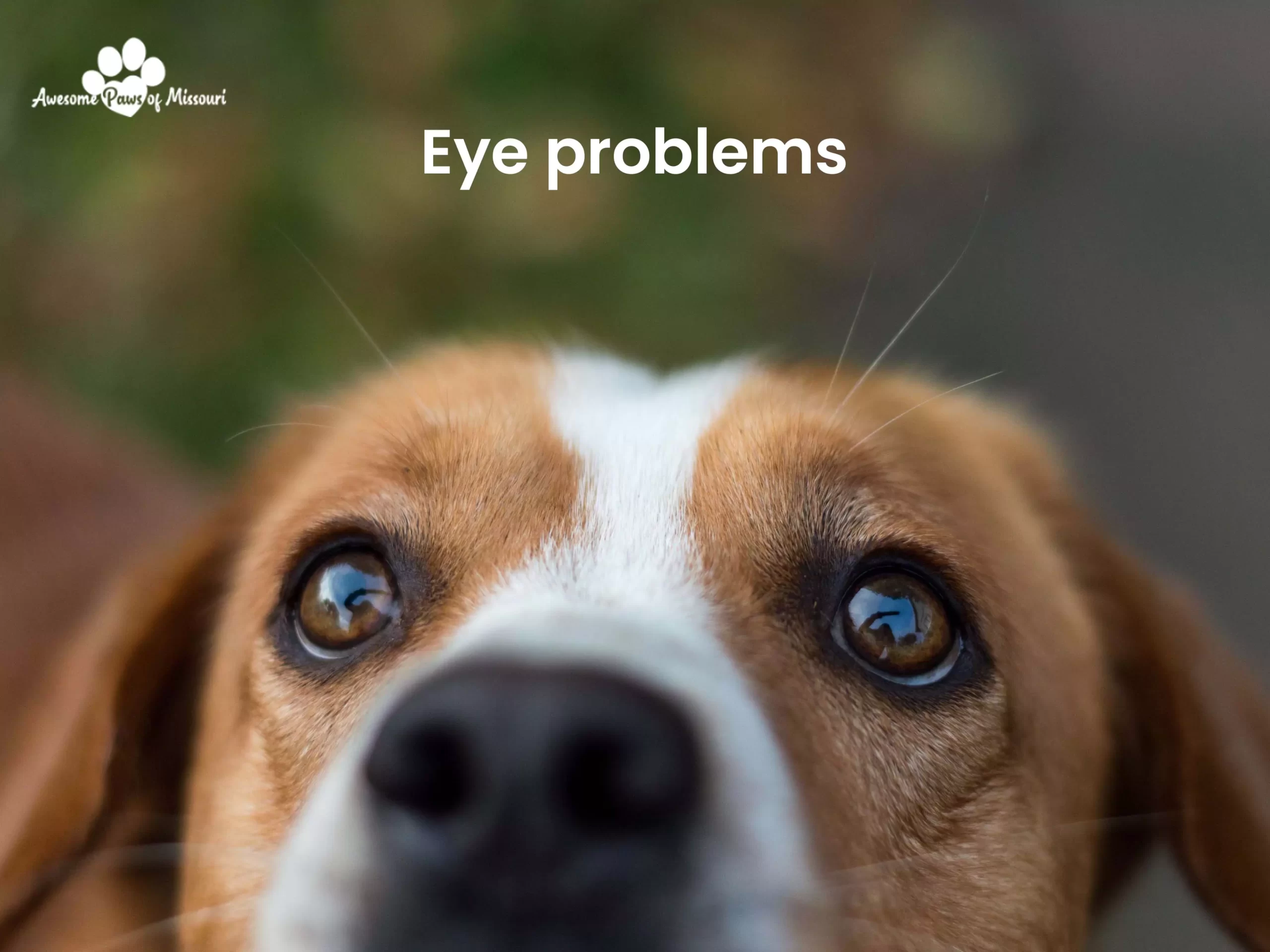
Wide-eyed Yorkshire Terriers, also called “Yorkies,” often have trouble with their eyes. Here are some of the common Yorkie eye problems they may encounter:
- Progressive Retinal Atrophy
- Cataracts
- Entropion
- Dry Eye (Keratoconjunctivitis Sicca)
- Corneal Ulcers
- Distichiasis
- Tear Stains
In all these cases, finding the problem early and getting the proper treatment is essential. A Yorkie’s eyesight can be kept from getting worse by going to the vet regularly and getting help immediately if there are any signs of pain or changes in the eyes.
Symptoms
Yorkies are prone to various eye issues. Common symptoms include:
- Cloudiness or change in eye color
- Excessive tearing or discharge
- Redness or swelling
- Visible discomfort or pawing at the eye
Diagnosis and Treatment
Through an eye exam, a veterinary ophthalmologist can determine the trouble. Cataracts, increasing retinal atrophy, and dry eyes are all common problems. Depending on the situation, eye drops, surgery, or medicine may be used to treat it.
14. Lymphangiectasia
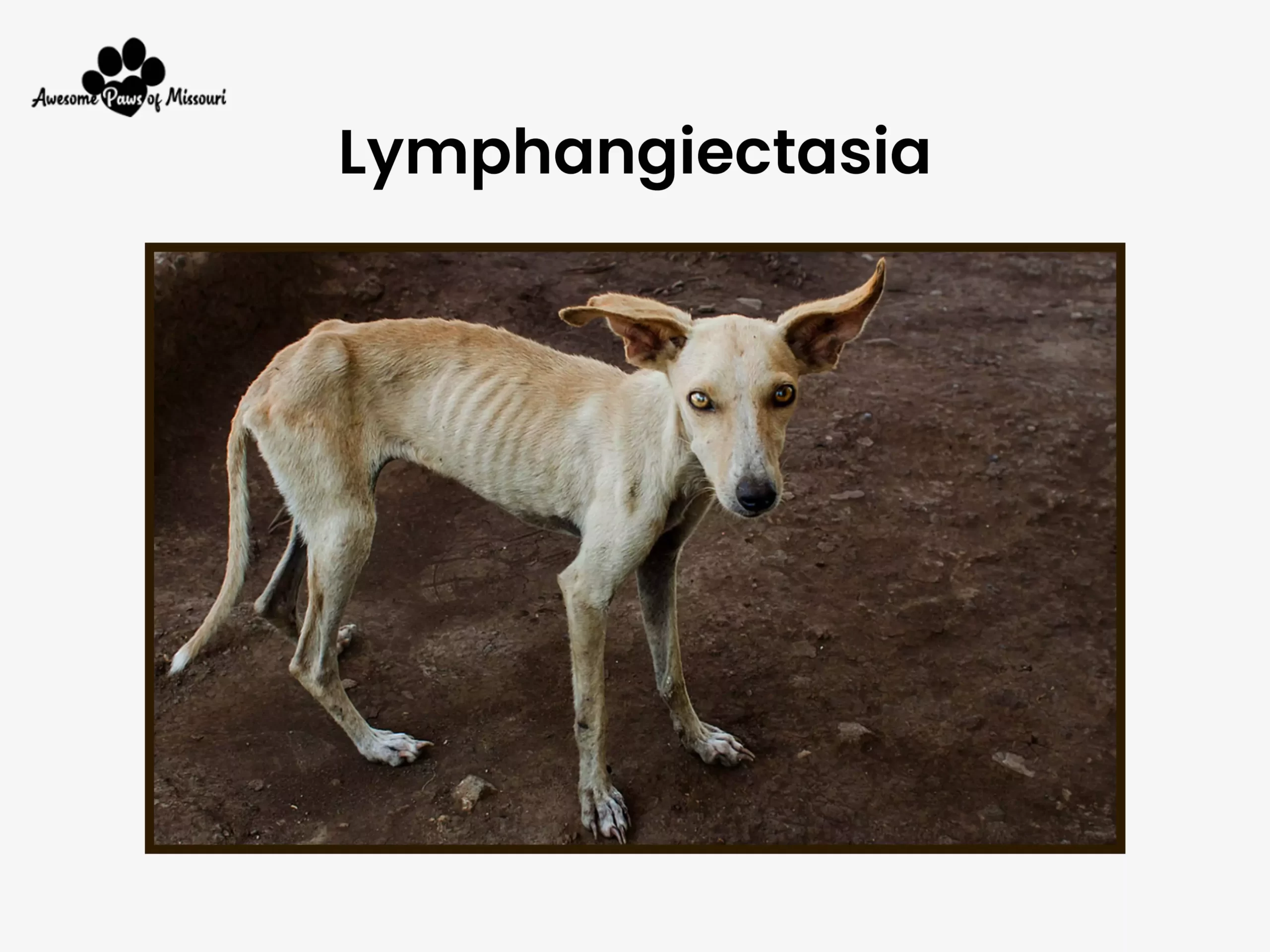
Lymphangiectasia is a disease of the lymphatic vessels in the gut that affects Yorkies. In this disease, these blood vessels get more prominent, which makes lymph fluid leak out of the gut. This can cause protein-losing enteropathy, in which the gut loses essential proteins, nutrients, and juices. The exact reason has yet to be discovered, but genetics are considered a factor, especially in some dog breeds like the Yorkshire Terrier.
Symptoms
Lymphangiectasia is a disease of the intestinal lymph vessels in Yorkies. Symptoms include:
- Chronic diarrhea
- Weight loss
- Abdominal discomfort
- Swollen abdomen due to fluid buildup
Diagnosis and Treatment
Blood tests, stool samples, and colon biopsies are all used to determine what’s wrong. The goal of treatment is to control symptoms. A low-fat diet, medicines to reduce inflammation, and supplements to improve nutrition and absorption may all be used.
15. Bronchitis
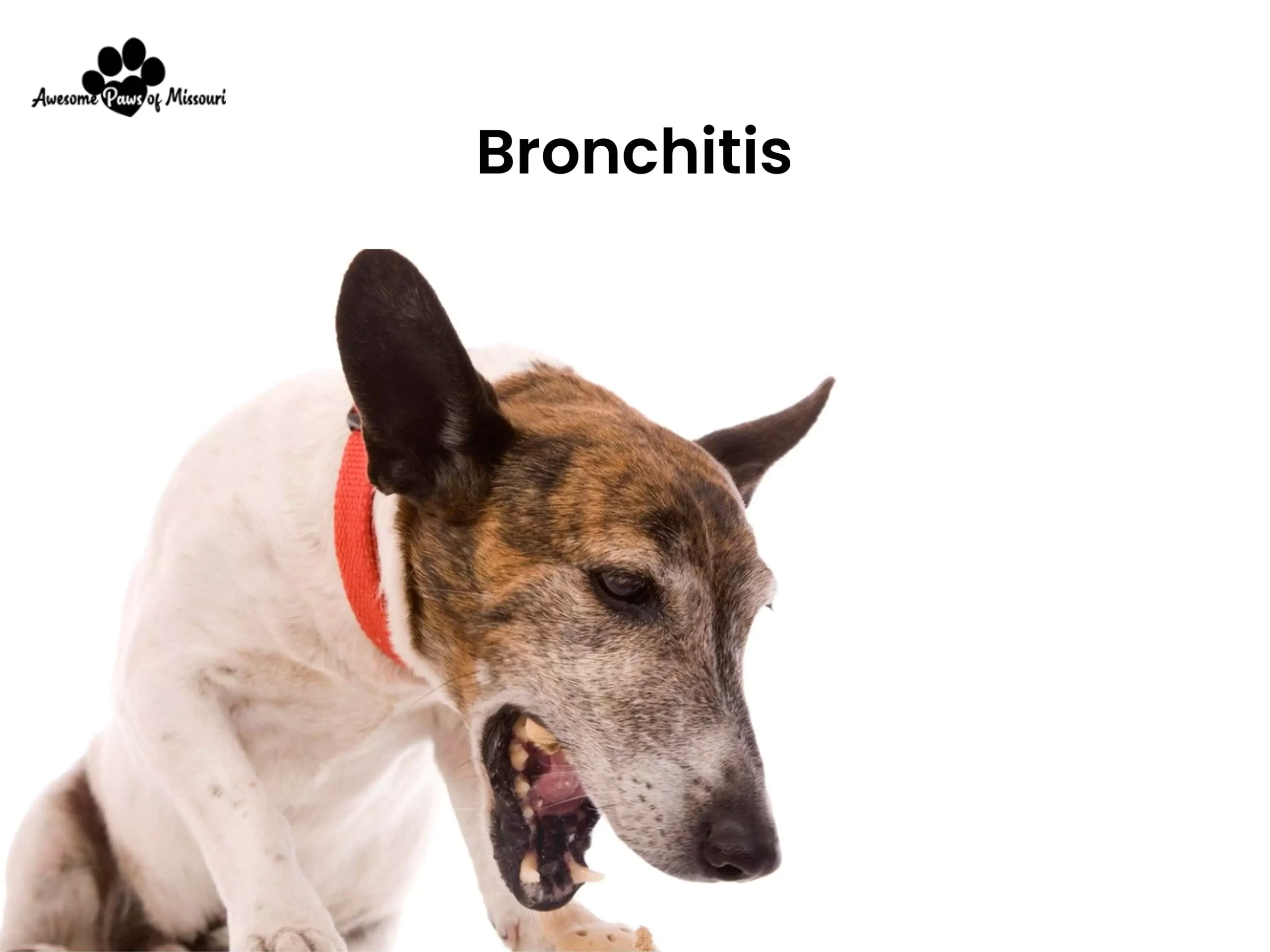
Bronchitis in Yorkies means that the bronchi, which are the primary tubes to the lungs, are inflamed. It can be short-term or long-term. Chronic bronchitis is more likely to happen to Yorkies and is marked by a cough lasting two months or more.
This condition can cause the walls of the airways to get thicker, make more mucus, and make breathing hard. Allergies, infections, allergens like smoke, or a heart condition can cause it.
Symptoms
Bronchitis involves inflammation of the bronchi in the lungs leading to Yorkie breathing problems. Symptoms include:
- Persistent cough
- Difficulty breathing or wheezing
- Lethargy or decreased activity
Diagnosis and Treatment
A veterinarian can tell if an animal has bronchitis by looking at its signs, doing a chest X-ray, and sometimes a bronchoscopy. Anti-inflammatory drugs, bronchodilators, and sometimes medicines treat bacterial infections. Avoiding irritants like smoke and ensuring good air quality can help control and stop flare-ups.
5 Tips On How To Maintain Your Yorkie’s Health

The energy of a Yorkie is inspiring, and every owner wants to make sure their little friend is doing well. All parts of grooming are essential, from what you eat to how much you work out. Here are five basic things you should do to help your Yorkie stay healthy and happy.
1. Feed your Yorkie a healthy diet
A balanced food is vital for your Yorkie’s health as a whole. Choose an excellent small-breed dog food that has the right amount of protein, fat, and essential nutrients. Changing your nutrition can also keep you from getting fat and help you grow the best you can.
2. Groom Your Yorkie regularly
Yorkies have soft coats that need to be brushed often. When you brush your hair regularly, you avoid knots and tangles and keep the skin underneath healthy. Also, cutting the cat’s nails and cleaning its ears can stop infections and pain and keep the cat clean and happy.
3. Exercise and Activity
Even though they are small, Yorkies are very active and must do something daily. Take them on short walks, play with them, or do mobility activities to tone their muscles and get them moving. This activity is suitable for their physical health and keeps their minds active.
4. Take your Yorkie for regular checkups
Regularly taking your pet to the vet is essential to catch any health problems early. A routine exam can find problems with your teeth, skin, or inside your body that may need care. Your vet can also advise you on feeding and cleaning your Yorkie based on its needs.
5. Vaccinate your Yorkie
Yorkies need to be protected from various diseases like other dogs. Your vet may suggest you give them regular shots to protect them from diseases like rabies, distemper, and parvovirus. Getting up-to-date shots will help keep them safe, especially when they go out with friends or for walks.
Common Yorkies Health Issues FAQs:
Do Yorkies have a lot of health issues?
Like other purebred dogs, Yorkies can have health problems that are unique to their breed. Even though they are usually healthy, their small size and genes make them more likely to get specific health problems. Many of these problems can be fixed with regular checkups, well-balanced food, and reasonable care, which will help your pet live a long and happy life.
What is the average life expectancy of a Yorkie?
The Yorkshire Terrier, which most people call a “Yorkie,” lives a long time for a dog. A Yorkie can sometimes live even longer than 15 years if it is well cared for, fed well, and goes to the vet regularly. Even though they are small, their long lives show they are strong.
Do mini Yorkies have health problems?
Yes, the health problems of “mini” or “teacup” Yorkies, which are smaller than average Yorkies, are often worse. Because they are small, they are more likely to get hurt, have low blood sugar, have breathing problems, or have tooth problems. To treat and avoid these problems, your pet must be well-groomed, eat well, and go to the vet regularly.
What is the main cause of death of Yorkies?
There are many reasons why Yorkies die, but some of the most common ones are respiratory disease, trauma (because they are so small and weak), and problems that come with age, like heart failure. With the proper care, knowledge of their surroundings, and regular trips to the vet, they can avoid many health risks.
Do male or female Yorkies live longer?
If you only look at genetics, there isn’t a big difference between how long male and female Yorkies live. But some studies show that females who have been spayed live a little longer than males who have not. How long a Yorkie lives depends more on how well they are cared for, what they eat, and how healthy they are.
Final Thought
Yorkies stand out with their vibrant personalities and silky manes in the world of pint-sized pups. While they may have their share of health quirks, with the proper care and vigilance, they’re set to lead whole, spirited lives.
So, Yorkie parents, fret not! Armed with knowledge, love, and a dash of Yorkshire tenacity, you and your furry companion are ready to face any challenge head-on. Remember, every bark and tail wag is a testament to the resilience of these tiny titans!




